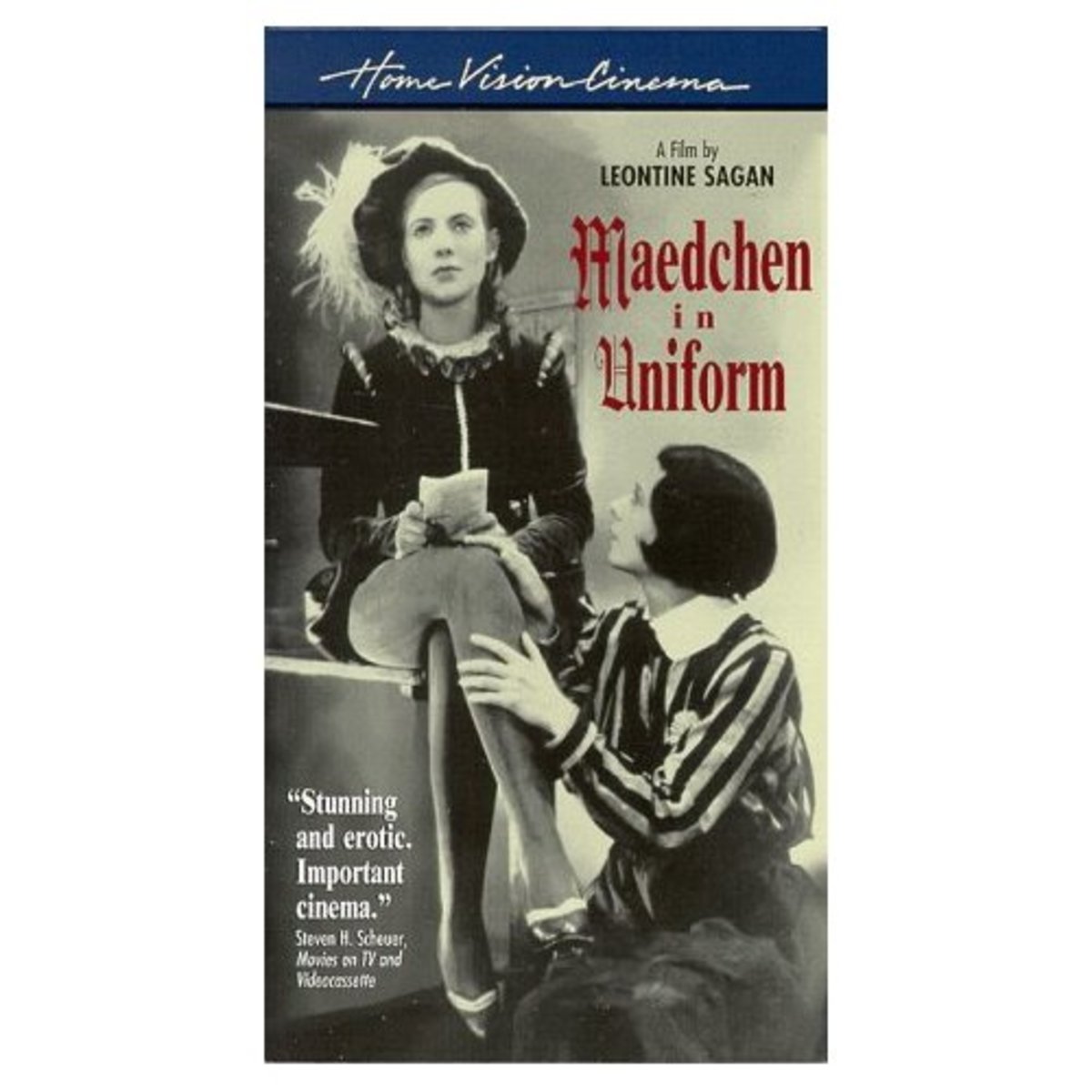When The War Was Over -- Afterthoughts on Neorealism
Movie Recreation and Cold Reality
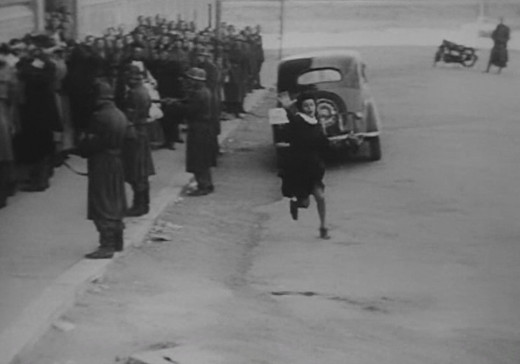
A 2nd Renaissance
Beginning with Rome, Open City (1945), moviemakers in Italy began to confront the aftermath of World War II. It has been a long time since I saw this film. But the memory of Nazi cars on the street sticks in one's mind. Well, they could not hide from the camera, not a hidden one up above, at least. There has always been a following for realism in the visual arts long before the notion finds its way into the cinema. Quite a few were involved in the production of neorealist films that have achieved everlasting fame among film enthusiasts. Shoeshine and Bicycle Thief are released, respectively, in 1946 and 1948. Of course, the war is still on their minds. But they are busily forgetting it, too, while coming to grips with a new life altogether. Generally speaking, regardless of plot, characters, or location, the going is rough. Finding a job, making ends meet, and just getting along are uphill battles. Some would say that the neorealist genre is still being developed and refined years later in Antonioni's trilogy (L'Avventura, La Notte, and L'Eclisse) of the early Sixties. It is not like Roberto Rossellini's, Vittorio de Sica's, or Luchino Visconti's work. Nevertheless, things are not right -- irregardless of the fact that Antonioni is being called a director of interior neorealism. Everything is an existential morass. But when characters look out their windows, they no longer gaze upon Nazis driving imperiously around. The streets are the same, it is still Rome, but the whole world has changed.
It is probably only coincidental that the Renaissance began mostly in Italy, not that neorealism represents an equal lurch forward for humanity from darkness into light. Italy began WWII on the side of fascism, then switched. Fellini's Amarcord (1973) illustrates some of the 1930s Italian mindset. Not quite ready for world war prime-time. None of these matters directly influence a film style except to say that artists and intellectuals, as well as filmgoers and academics, probably wanted some assurance their societies would not slip back into blind superstition or fanaticism. Did neorealism answer the call? It might have, to some extent. It might not, according to Bosley Crowther of the New York Times, who basically panned the film as pointless, questioning the film lover's cult spawned by Antonioni films.
No Man an Island

A Single Life
Somebody else might think individuality misses the point, but that is the way I look at the first film, L'Avventura (1960), in the trilogy. It is different from a mystery or police procedural in which the disappearance or death of somebody is essential from the outset. In L'Avventura, Anna (Lea Massari) vanishes on a cruise from Sicily to a remote island in the Mediterranean. She is never meant to be found, it appears, since that is the central issue in the film. It is a tragic loss, of course, but no one is able to do anything about it. Anna's father arrives on the scene. The fact that she took a bible along convinces him that it could not have been a suicide. A lot depends upon how one thinks or, as in the case at hand, believes. That her disappearance gives rise to a fleeting relationship between the missing person's boyfriend and girlfriend comes as no surprise, especially within the context of a movie. Something has to happen, preferably romantic, though neorealism makes no such demand. It is enough just to see the craggy rocks, the boat below, and a rustic hut where the island's lone resident dwells to get the feeling that even a premature, unearthly death is neither crescendo nor decrescendo. Everyone is depressed, naturally, but life goes on, as trite as the saying is. For Sandro (Gabriele Ferzetti), the main catastrophe has to do with how he himself is impacted. How deep and long he ponders having sold out. He had once been a promising architect. Now he has only money and trysts. For Claudia (Monica Vitti), the aftermath is somewhat different. She gets yet another shock when she catches Sandro together with a working girl. Things were bad enough. This is, admittedly, a sketchy and brief review of a film highly praised by anyone in the field. For us, ticket-buyers, those in the business were, and probably remain, a breed apart. It is doubtful a Los Angeles executive then, or now, would have allowed such films to have been made. What about the audience? What about Middletown, USA?
Milano Location
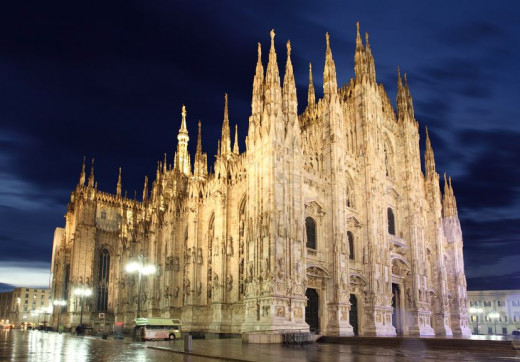
Marriage
In La Notte (1961), a husband and wife -- Mr. and Mrs. Pontano (Marcello Mastroianni and Jeanne Moreau) -- are no longer a perfect fit. There are reasons, of course, but still more irrelevancies. For instance, the husband is a successful author of works of fiction. Is this good or bad? The wife does not seem to share much interest in fame and fortune, though the couple is highly thought of, invitees to the home and soiree of a financial tycoon. There is also the fact that no one has the slightest inkling what a writer is or does. One guest thinks only of stories. The host would like Pontano, a novelist, to write a history of his company. He will pay him a handsome sum. But my description is already on tilt since the main focus is on the element of separation, not much different, if packaged differently, than the thematic substance of the prior film.
There is no set way to review or critique a film, though there are patterns. I have always been struck by locations. IMDB tells us that one of the settings is Milan, a very sophisticated, old, venerable city, now a magnet for tourism. It is in the north, less isolated than the south, and inland. Its singular history is lengthy. Giuseppe Verdi wanted to study there but the Conservatory rejected him. I have no idea how Mastroianni researched his character, but he carries on more like a writer than most writers. True enough, he and his wife explore new avenues to break free of a stifling partnership. But at the end, it is marriage toward which they both wend, as if without it they would perish.
The Eclipse
L'Eclisse (1962)
The title, translated from the Italian, is The Eclipse. This might have been the movie that set everything right. Vittoria (Monica Vitti) leaves a stale relationship, then meets Piero (Alain Delon), a stockbroker. He is livelier, three's the charm, and Hollywood-like expectations are in place, ready to go, near the end. But the film is not called L'Eclisse for nothing. There has already been trouble, some of it only natural phenomena, such as a thick fog on a drive to the countryside. The main obstacle, however, is internal. That is where eclipses also take place.
The main site of the shooting is Lazio, the region of Italy that includes Rome, which, in turn, includes the Colisseum. I only mention this in passing since some of the action takes place in the stock exchange, perhaps a distant remnant of one of the most notorious creations in history. Anyway, the Monica Vitti character always attracts someone of means or class. In the first film, it is an architect, then a popular writer, and finally a stockbroker (Alain Delon). Here in the U.S. politicians and pundits distinguish between Wall Street and Main Street. In reality, there is no such distinction. Without our multi-trillion dollar markets, some of which, such as derivatives, and before that, arbitrage, have eluded comprehensible definitions for decades, there would be no economy to speak of.
Dante's Museum in Ravenna
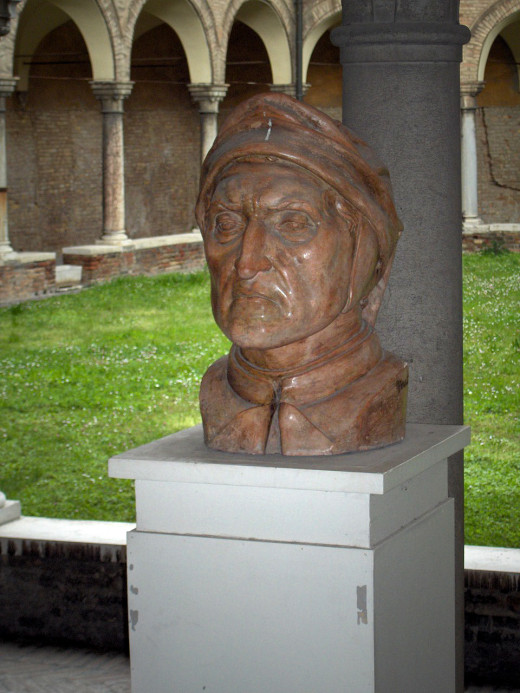
Red Desert and Yet More Afterthoughts
By the time Red Desert is released in 1964, neorealism is already practically passé. No one needs a movie, a movie review, an article, or a special report on television to know that the world is a sick place. The main character, Giuliana (Monical Vitti again) is described as mentally ill. Who isn't? She has been in a car accident. She remains visibly affected. Death tolls from automobiles are a mainstay of modernity. Her husband runs a factory in Ravenna that spits poison into the air. The birds, Giuliana explains to her son, know enough to stay away. By this time, no one wants maniacal dictators to fix things up, though they would, theoretically, be capable of doing so -- at a terrible risk, one must add. It is only that there are no solutions, or none that resemble the fanfare of decades before, highlighting socialism, various forms of communism, and, of course, "nationalism". Either get on board or suffer in private. This is how it will be until this very minute.
All this, according to my own limited knowledge and partial analysis. In a 1967 Playboy interview, having more to do with Blow-Up than the other Antonioni films, the director shows surprisingly little interest in philosophy, theology, psychology, sociology, and political science. Many of these factors, or some combination thereof, in addition to others, enter into serious discussions about him and his work. He does not want to talk so much about meaning as feeling. He would rather his actors simply act, without thinking. How is this even possible? A preoccupation with formalistic elements might explain the comment. But all in all, it is a good interview and serves to underscore some of the difficulties about films considered difficult.
Resistance Fighters Commemoration in Pisa
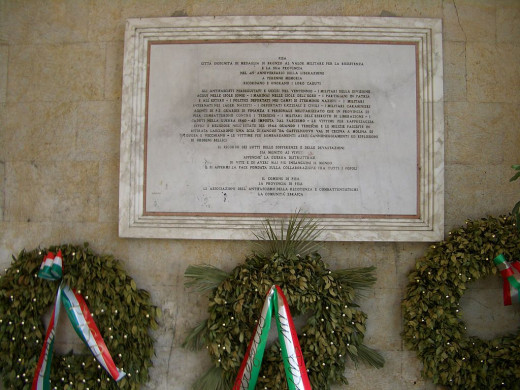
New Problems
In the new beginning there were Nazis lingering in Rome. Obviously, its liberation, though imminent, still lies in the future. Fifteen, twenty years later, there are no Nazis, only a certain malaise that few manage to avoid. Why? Is the war not over just as much as before? Granted, geo-politics and personal lives do not necessarily coordinate in any given, predictable fashion. Neorealism has been analyzed by cineastes from an absurd diversity in terms of points-of-view. One study divides neorealism into various, mutually exclusive categories. Another applies Lacanian psychoanalysis, which is incredibly hard to grasp. Is it naive to ask why it is necessary to delve so deeply into these films while so many others are treated more or less as routine? True enough, these films thwart expectations, do not fit so easily into genres, reflect extra ambitions, and defy commercial restraints. Yet, they have a core of defenders and champions that has remained constant throughout the years.
Today's Oppressors -- FYI
- Current Dictators - List of Dictators In 2015
Up-to-date list of current dictators of the world with their bios and photo profiles. Includes an interactive world map of current dictators.
New Release -- With European Influences
- By the Sea (2015) - IMDb
Directed by Angelina Jolie. With Brad Pitt, Angelina Jolie, Mélanie Laurent, Melvil Poupaud. Set in France during the mid-1970s, Vanessa, a former dancer, and her husband Roland, an American writer, travel the country together.





